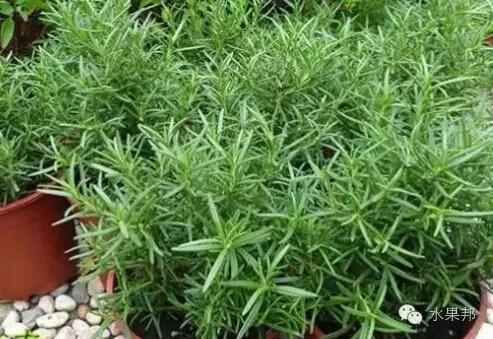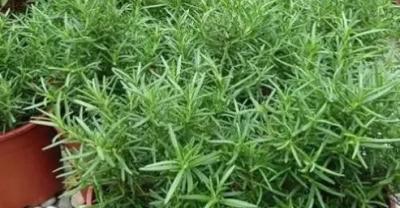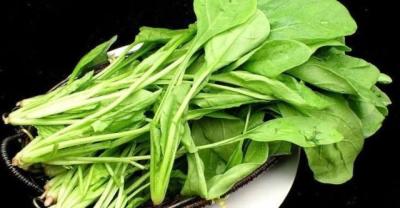Cultivation methods of Rosemary
Rosemary likes warm climate, but it grows slowly during the high temperature period in Taiwan, and the temperature without cold spell in winter is more suitable for its growth. in terms of water supply, the leaves of rosemary are leathery and can tolerate drought. therefore, the cultivated soil is rich in sand to enable good drainage is more conducive to growth and development, it is worth noting that the slow growth of rosemary, which also means that its regeneration ability is not strong. Special care must be taken when pruning and harvesting, especially the Lignification of old branches is very fast. Too much strong cutting often causes plants to no longer sprout, and it is safer not to cut more than half of the length of branches each time.

Although there are small buds in the leaf axils of each plant of rosemary, these axillary buds will also develop into branches with the extension of branches in the future. when the whole plant grows up, it will not only appear messy because of the horizontal branches, but also become the habitat of pests and get sick easily due to poor ventilation. Therefore, regular pruning is very important. Upright varieties are easy to grow tall when planted in the field. In order to facilitate management and increase harvest, the top should be cut off when growing after planting, and the lateral buds should be cut 2 or 3 times after germination, so that the plants will be low and neat.
Reproduction and cultivation
Rosemary germinates slowly and the germination rate is low when the seed is propagated. According to the literature, when the germination temperature is between 20 ℃-24 ℃, the germination rate is less than 30%, and the germination time is as long as 3-4 weeks, but if it is germinated one week before 20 ℃-24 ℃ and then treated at 4.4 ℃ for 4 weeks, the germination rate can be increased to 70%. Therefore, unless new varieties are introduced to foreign countries, cutting propagation is both fast and safe. As long as you buy a few pots to serve as female parents, put new culture soil in a 50-cell tray, and take the top buds for cutting. if you want to speed up rooting, you can dip some root powder on the base before cutting, cut a small hole in bamboo chopsticks before cutting to prevent the root powder from being wiped off by the culture soil, and transplant it in a cool place about a month later. Creeping species can use the branches lying across the soil to be cut first and then buried shallowly, and then cut off the mother plant about a month later, which is another rosemary, but the operation procedure is more troublesome. Sowing seeds from March to April or September, but the germination rate is low and the germination time is long. Therefore, it can be propagated by cutting in March-April or October under the condition of 16 ℃-20 ℃, rooting in 20-30 days, or strip propagation in March-April, colonization in May, plant spacing of 30 × 50 cm, watering after transplanting. Pay attention to loosening soil, weeding and drainage to prevent waterlogging during the growing season. After planting for several years, the plant shape of rosemary will become oblique, the lower leaves will fall off, and the roots will shrink, so it should be renewed and pruned from the rhizome in October-November or February-March.
Prevent diseases and insect pests
1. Plants should be able to ventilate and keep cool.
2. Sunlight should be sufficient (diseases and insect pests often occur in hiding places that are not ventilated and can not be illuminated by the sun).
3. Avoid high temperature and humid climate and environment.
4. It is necessary to cut off too many and aging withered branches and leaves, and pick up the dead branches and leaves that fall on the surface of the basin soil, so as not to attract diseases and insect pests.
Guobang (WeChat account: shuiguobangv)
Introduce a variety of fruit, flowers and other pot technology and a variety of household ideas, we advocate green, ecological, environmental protection, to be an urban farmer!
- Prev

Pitcher plants: moisture requirements for planting
Pitcher plant: the moisture required for planting: the application of water with low mineral content (such as Rain Water, pure water, etc.), the matrix should be moist and breathable, but should not be too wet.
- Next

Lily planting method and time: lily bulb planting method, lily blooming several times a year
Lily has strong adaptability, can reproduce and grow well in the south and north, and the planting technology is easy to master, so it is suitable for the majority of vegetable farmers and parks. But in.
Related
- Fuxing push coffee new agricultural production and marketing class: lack of small-scale processing plants
- Jujube rice field leisure farm deep ploughing Yilan for five years to create a space for organic food and play
- Nongyu Farm-A trial of organic papaya for brave women with advanced technology
- Four points for attention in the prevention and control of diseases and insect pests of edible fungi
- How to add nutrient solution to Edible Fungi
- Is there any good way to control edible fungus mites?
- Open Inoculation Technology of Edible Fungi
- Is there any clever way to use fertilizer for edible fungus in winter?
- What agents are used to kill the pathogens of edible fungi in the mushroom shed?
- Rapid drying of Edible Fungi

